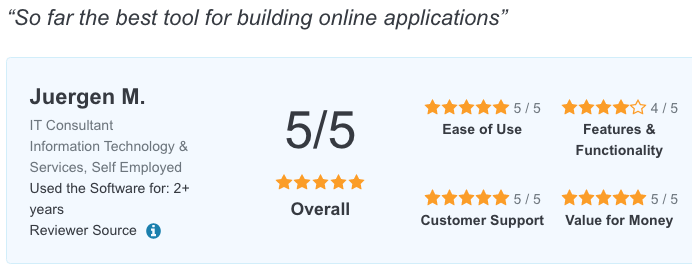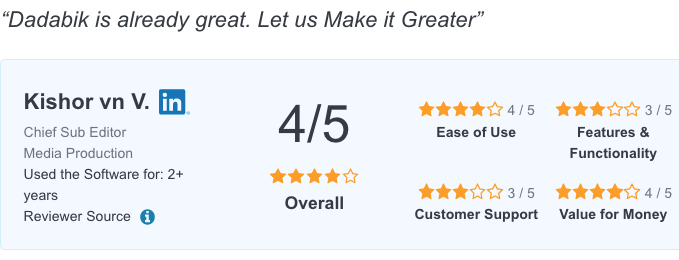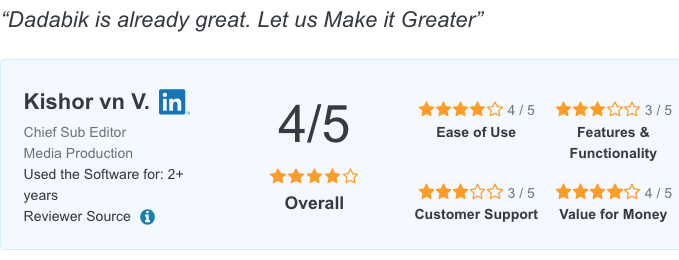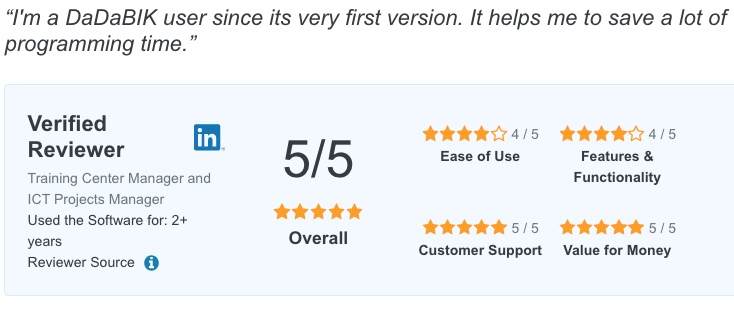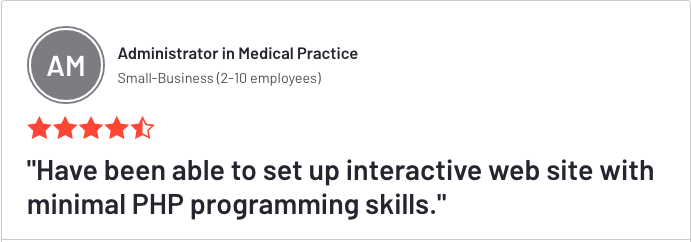DaDaBIK as a Headless CMS
Introduction
A headless CMS is a Content Management System that focuses on the back-end only instead of providing both back-end and front-end in the same tool.
The idea behind a headless CMS is to offer a convenient way to manage a content repository and, in addition, some API that other, external, applications (Web sites, mobile apps, desktop applications, ... ) can use to retrive the content and distribute / display it in the most suitable way for their specific use cases.
The DaDaBIK approach: a PHP headless CMS ready to use, in one click
DaDaBIK can be used to build, using a no-code / low-code approach, any data-based application starting from a simple Web form to a complex ERP system.
The headless CMS is one of the simplest use you can make of DaDaBIK. Let's see how it works in practice.
You can design your database (i.e. the repository that contains your collections, for example a set of articles you publish on your company's blog) within DaDaBIK, using a simple graphical interface OR you can use your existing database (MySQL, PostgreSQL, SQLite, MS SQL Server) and connect DaDaBIK to it. That's it!
- DaDaBIK will automatically provide, without any coding, an admin CRUD responsive Web app, suitable for non-technical users, that allows to manage your collections: insert, search, modify, delete, export to CSV & PDF your records; create group by chart reports, pivot tables and dashboards.
- Your database tables schema will remain untouched: DaDaBIK store the raw data in your DB.
- From other (non-DaDaBIK) front-end applications (for example your corporate blogs) you can read the contents in two ways:
- Directly connecting to the database and executing SQL SELECT queries
- Using the DaDaBIK HTTP API that exposes the content in JSON
- The admin CRUD app created by DaDaBIK is highly configurable: you can choose field positions, labels, validation rules, make fields conditionals, create relationships and master/details forms. You have a granular permissions model that allows to choose which operations a specific user group can do on a specific table field. You can also inject your own custom code executed by buttons, triggered by events (hooks) or by calculated fields.
- In case you need it, you can also import and/or synch your collections of data with external Excel, CSV or ODS files.
In this video, you can see how DaDaBIK can be used as a Headless CMS, in particular, starting from min 5:24, you will see a Python application connecting to a DaDaBIK application and, through the DaDaBIK API, retrieving and processing some content.
Want to know what users say about DaDaBIK? Check the reviews
Questions about this use case or about DaDaBIK in general? Contact us, and we'll be in touch.
